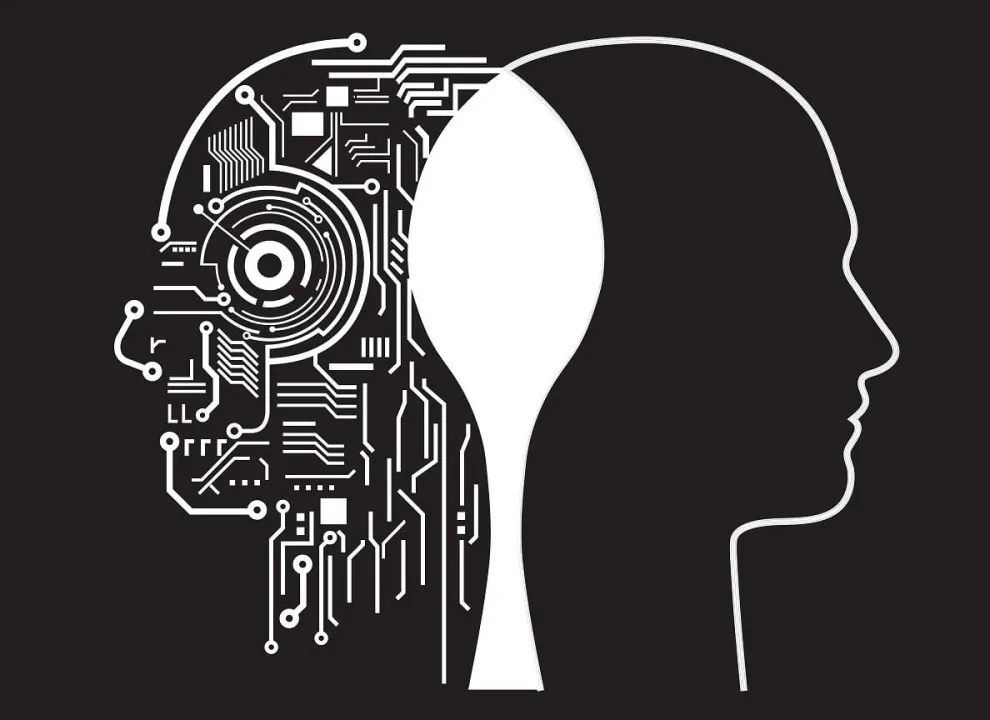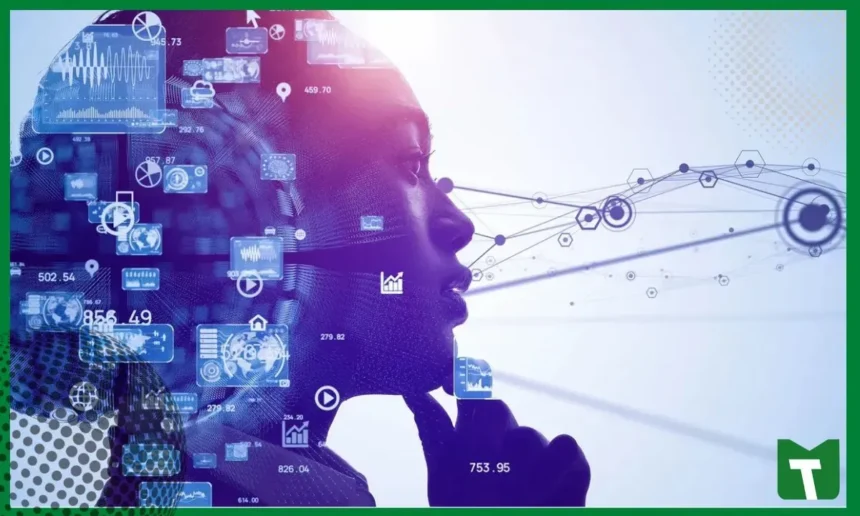The new wave of stories about humans exploring to be AI Products is not new.
The field of artificial intelligence (AI) has grown quickly in recent years, transforming a number of industries and fundamentally altering the way we work and live. Autonomous cars and virtual assistants are just two examples of how AI-powered technologies have ingrained themselves into our daily lives. To operate efficiently and morally, these AI products still mostly need on human support and supervision, even with their amazing powers.
Humans imitating computers AI products imitating humans
It’s evident from recent news that if AI does a human work remarkably well, there’s a significant likelihood that a person is actually performing the task.
The podcasters alleged that they utilized AI to construct a stand-up routine in the late comedian’s manner, but the podcasters maintained that the script was actually created by a human named Chad. This allegation led to George Carlin’s estate suing the podcasters. (Recently, the lawsuit was settled by the parties.)
Only thirty percent of tasks can be finished by an AI-powered voice interface manufacturer for fast-food drive-thrus without human review assistance.
As a result of the system’s heavy need on human verification, Amazon is discontinuing its automated “Just Walk Out” checkout procedures in its new stores.
Though Silicon Valley’s pathologically short memory may have already erased it, we have seen this before.

AI chatbots were all the hot thing in 2015. Both startups and tech giants marketed them as constantly accessible, constantly intelligent, and consistently dependable helpers. An AI personal assistant that could read your emails and set up appointments was promoted by a business called x.ai. Another, GoButler, promised to use a delivery app to arrange your travel or purchase your fries. Facebook also tried M, a do-anything concierge service that could perform nearly any chore, answer practically any query, and instantly draw images for you.
However, the “AI assistant” was frequently merely a person providing all of those functions. I conducted interviews for a story I published about this back in 2016; these workers were supposed to be the human hiding behind the bot, making sure it never made mistakes or said absurd things.
Every message was examined by contractors based in Facebook’s Menlo Park headquarters in order to power the M. Employees at GoButler and x.ai informed me that in order to replicate the bots’ constant online presence, they put in long hours or midnight shifts. Consumers questioned them about being human or bots all the time. Some clients sent them explicit sexual texts, believing that nobody would ever see them.
(An further sign of the fast change of Silicon Valley is the fact that Elon Musk’s new AI company, xAI, now uses the moniker x.ai, which closed in 2021).
AI is created by people to imitate human intelligence and skills. However, when AI falls short of expectations, we are left with people posing as chatbots and people posing as humans.
It’s the most recent version of a ruse that dates at least to 1770, when the first Mechanical Turk machine pretended to play chess automatically while secretly housing a human chessmaster within its mechanism.
Of course, there are some differences this time around. Chatbots mimic and converse more naturally than humans. However, the bots of today suffer from reliability, just like the ones of 2016. When something needs to be done correctly, we still have greater faith in humans.
This euphoria is frequently driven by investor frenzy. One creator claimed in 2016 that “human-assisted AI is ‘the hottest space to be in right now.'” A different creator expressed her frustration at how many investors would “congratulate us on having a fully automated bot” despite the fact that the technology still relied heavily on people.
There will always be differences between what AI can consistently accomplish and what it promises, as long as there is a motivation to exaggerate its capabilities. You can always bring on an employee to cover that void.
Furthermore, AI products require ongoing maintenance, monitoring, and updates, tasks that are best handled by humans. AI systems can encounter unexpected situations or anomalies that they are not programmed to handle, requiring human intervention to troubleshoot and resolve issues. Additionally, as technology evolves and new challenges emerge, humans are needed to adapt AI systems and ensure they remain effective and reliable.








